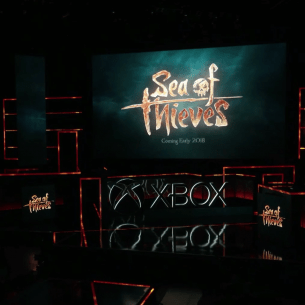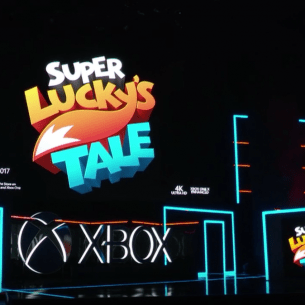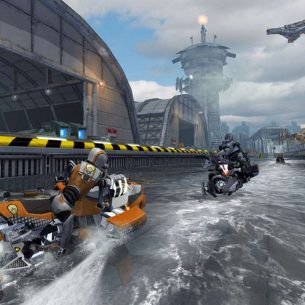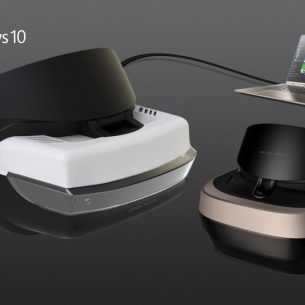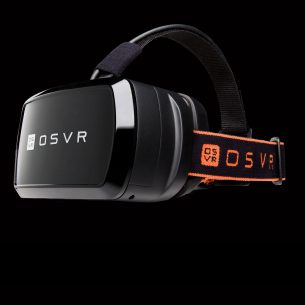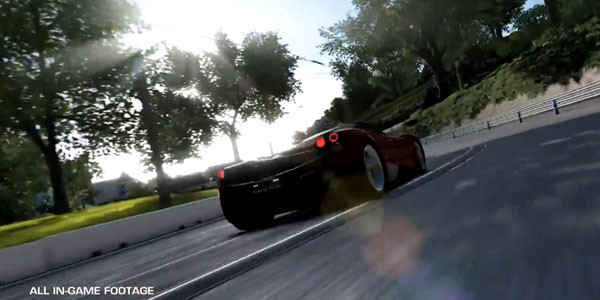Archive Post
Home / Windows 10
Final Fantasy XV Windows Edition Benchmark Released
Square Enix has released an official benchmark for the upcoming release of Final Fantasy XV:…
Sea of Thieves Gets 9 Minute Demo @ E3 2017, Coming Out Spring 2018
We’ve known about Rare’s Sea of Thieves for quite some time now but now we…
Super Lucky’s Tale Looks Charming As Heck
Shown during Microsoft’s E3 live press conference it was confirmed that an enhanced version of…
Riptide GP: Renegade Roars Onto Windows 10 and Xbox One
North Californian developers Vector Unit has unleashed their latest fast-paced watercraft racing title Riptide GP:…
CES 2017: An Up Close Look At Microsoft’s Windows 10 VR Initiative
It has been a few months since we last heard from Microsoft's Virtual Reality initiative…
Microsoft Lowers The Barrier To Entry With $299 VR Headsets
At their New York technology showcase Microsoft announced that they will be supported VR in…
Halo 5 Forge Mode To Be Released On Windows 10 On Sept 8th
Microsoft is about to make good on its promise to bring Halo 5: Guardians' world…
The Definitive Guide To Mastering OSVR – Open Source Virtual Reality
Virtual Reality has been available to consumers on PC after years in development. While the…
Forza Motorsport 6: Apex Coming For Free To Windows 10
Microsoft held a behind closed doors press event last week to showcase upcoming games &…


